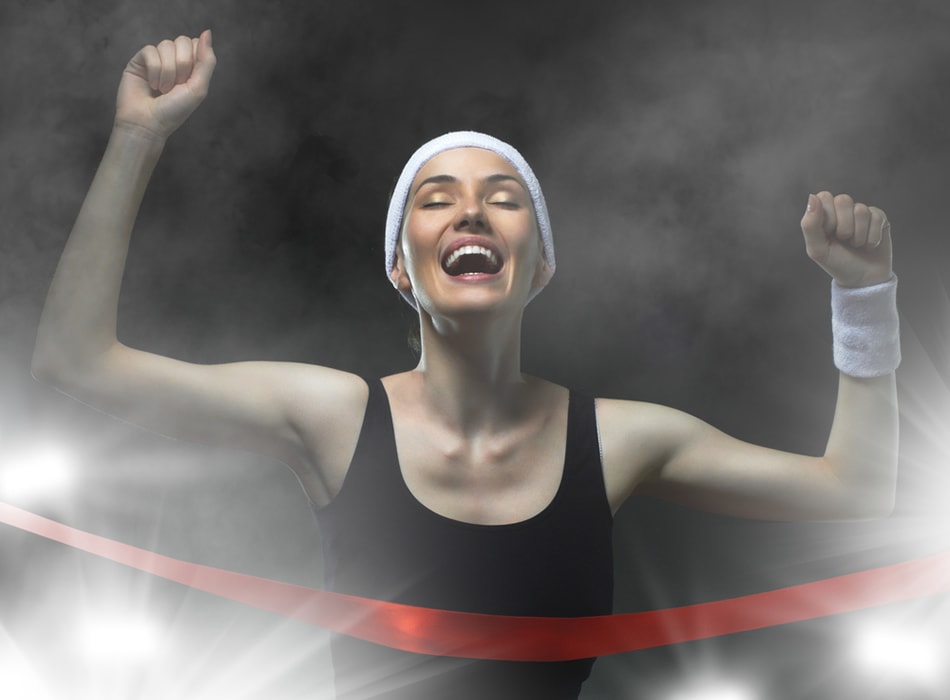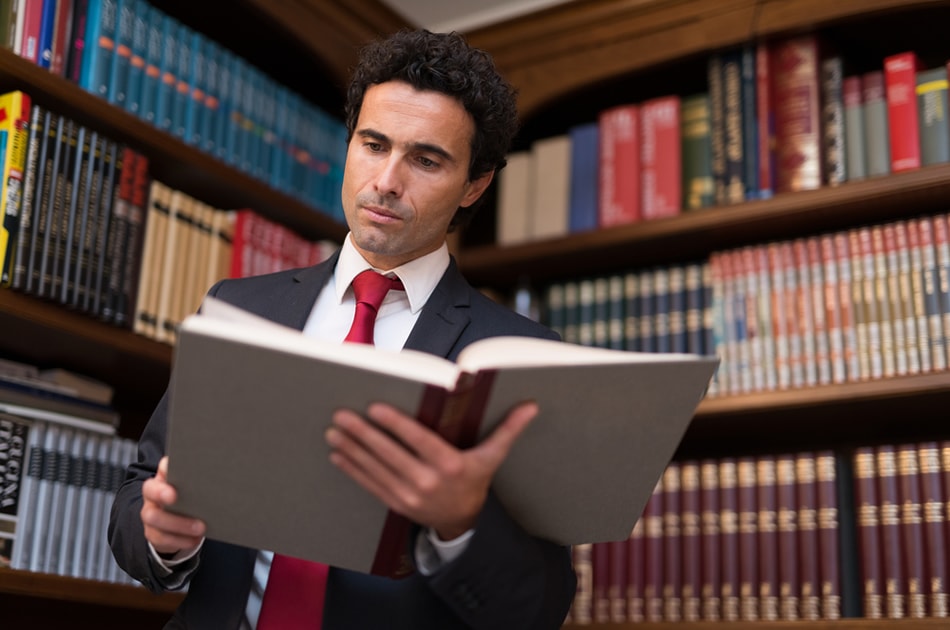An Introduction to Situational Photography
When you want to take photos of people who are in their best element, you want to show something that is real. You want to show something that reflects a particular natural reaction or situation. This is what situational photography is all about.
Situational photography is the practice of taking photos that show subjects in their natural element; in relation to their environment. It is quite similar with environmental photography in the sense that the photographer shoots scenes or images that show the subjects in their usual environment, or doing something that exemplifies what or who they are. The difference between situational and environmental photography, however, is the presence of a “director” or scene maker.

In situational photography, the photographer plays the role of the director. He tells the actors or models what to do or how to execute a scene. This is also very common in stock photography where scenes are staged according to a brief or specifics of a project.
The director tells the models where to position themselves and, sometimes, even how to pose. Additionally, the photographer plays other roles, like that of a set designer and costume designer. And all these are done according to a situation given by the director or photographer – or, sometimes, by the subject.
Although it mostly involves people and portraits, there are also situational photographs with objects as subjects. A boat, for example, can be a situational photography subject. A photographer can direct its position, movement, or action by asking someone to maneuver (or drive) it. So, the boat can be moved to whatever position the photographer wants it to take. To make sure that it is in its natural environment, the boat should be shot only in the water, not out of it or away from it.
Situational photography allows one to create situations that can be turned into visual representations.
Situational vs. Environmental Photography: Similarities & Differences
As mentioned earlier, situational photography is quite similar to environmental photography. Taking photos of people in a situation that they live or work in is what environmental photography is all about. It’s like taking photos of someone in his or her natural habitat. So, if you were shooting a librarian, the best thing to do would be to photograph them inside the library, while they’re taking care of books. Or, when you’re taking a photo of a track and field athlete, you’ll photograph them running in the oval track.

In situational photography, the “situations” are managed or created by the photographer (or director). The scenes are directed. It is not natural or normal as in environmental photography. For example, if you are taking a photo of a librarian, you can direct the librarian to pose beside a whole shelf of books. The librarian can then pick two or three books, act as if scanning its pages. That is a situation that requires a reaction. If you are taking the photo of a track and field athlete, you can direct your subject by asking them to run arms up in victory towards the finish line.
Situational photography, in a sense, is like making a movie in stills. You, as photographer, direct a scene while the subject or model interprets it the way you ask him or her to. There are several reasons why one should try situational photography.
First, situational photography, like environmental photography, allows a photographer to explore different points of interest for every image or scene that is photographed.
Another reason is that situational photography gives the photographer complete control over a setting. The photographer can add more elements or props to a scene. Third, situational photography effectively provides a deeper context to the subjects being photographed. The images become more meaningful even though the process of taking the photos is unnatural.
Tips and Tricks for Taking Situational Photographs
If you want to test your creative mettle in photography, all you need to do is shoot situational photos. Situational photography allows photographers to be as imaginative and creative as they can be in recreating a situation. However, even if you’ve been taking photos for quite some time, this alone does not guarantee you good situational photos.

Here are several tips and tricks that you can follow (or do) when you decide to try situational photography:
- The first thing you need to do is study the subject and their environment. If you are familiar with your subject, you will be able to easily think of a setting that will showcase the situation in its most natural form. You will be able to think of an activity or action that comes off naturally for the subject. For example, if you want to take a photo of an employee working on the computer in the office, you have to familiarize yourself with the employee, as well as with the action being done. This will help you determine whether the subject will be giving off a happy or sad emotion, and whether the subject will be confined to the computer only or if it is possible to shoot the subject doing other work-related actions. You can also try different angles for this “situation”. First angle: the employee is looking at the computer monitor and is very exhausted. Second angle: the employee (still beside the computer) is smiling and presenting to the boss several performance charts.
- Even if you are directing the scene, as much as possible, you should make sure that the image comes off as candid and not choreographed. The more candid the image looks, the more alive and natural it will come off. Practice will help you achieve this goal. Take a lot of practice shots before you take the final ones.
- If you are taking a series of photos that will tell just one story, make sure that the background you’ll use and show are the same. As in the movies, your series of images should have continuity.
- When taking the photos, be sure that your subject can see you. Don’t hide or stay away from your subject. This gives them not only a sense of security, but will also help them better understand the situation you want to create. There should be a connection and communication between you and the subject.
- Finally, according to professional photographer Bill Sullivan, the photographer should first “design the scenarios” and then allow the situation to create the picture they want to produce. In this manner, the photographer becomes a part of the scenario as they try to become the librarian flipping the pages of a book, the track and field athlete about to cross the finish line, or the employee working on their computer.
Situational photography can tell amazing stories. Using the above-mentioned tips, telling stories through choreographed images will become easier.
